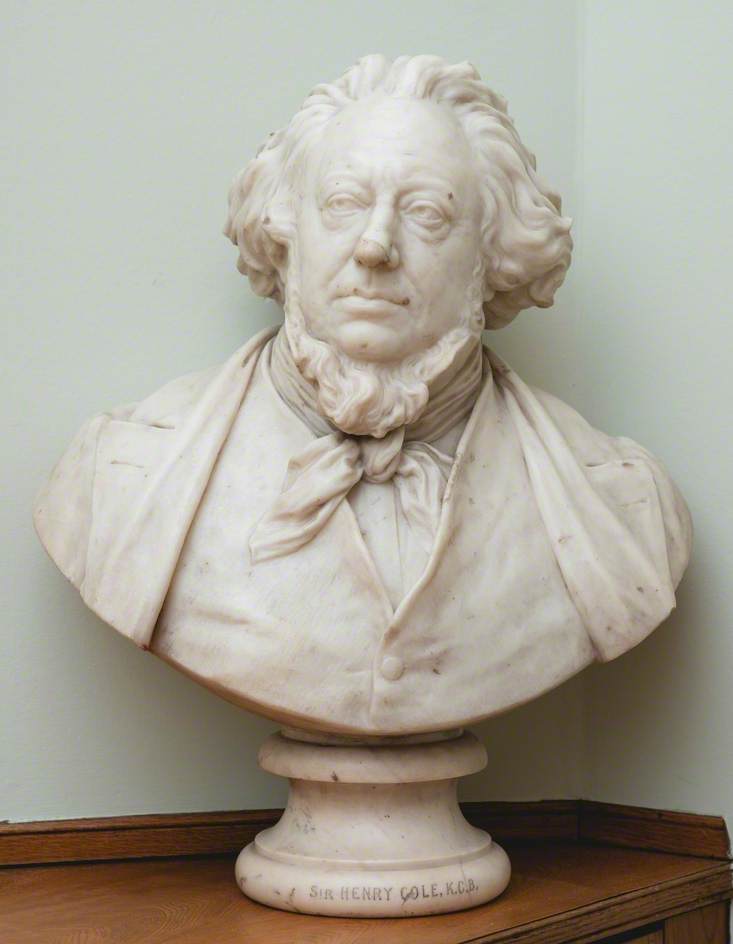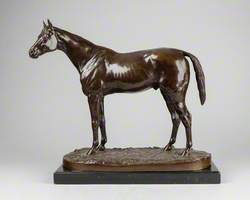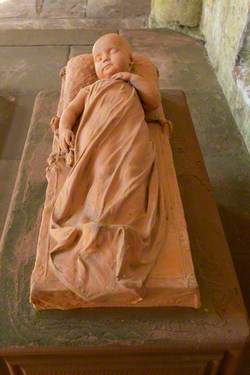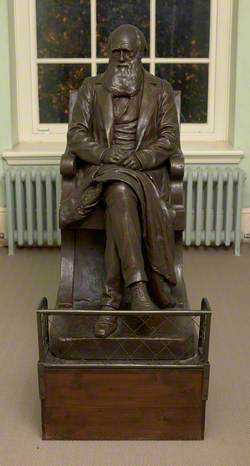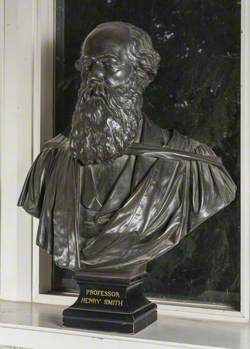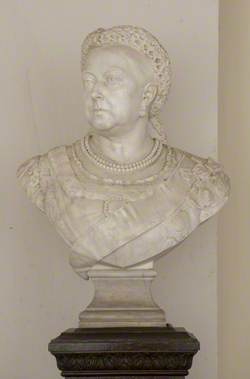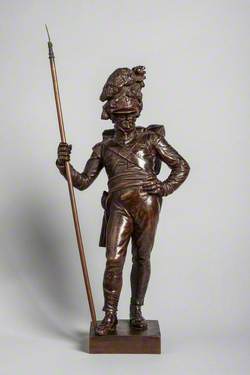How you can use this image
This image can be used for non-commercial research or private study purposes, and other UK exceptions to copyright permitted to users based in the United Kingdom under the Copyright, Designs and Patents Act 1988, as amended and revised. Any other type of use will need to be cleared with the rights holder(s).
Review the copyright credit lines that are located underneath the image, as these indicate who manages the copyright (©) within the artwork, and the photographic rights within the image.
The collection that owns the artwork may have more information on their own website about permitted uses and image licensing options.
Review our guidance pages which explain how you can reuse images, how to credit an image and how to find images in the public domain or with a Creative Commons licence available.
Notes
Add or edit a note on this artwork that only you can see. You can find notes again by going to the ‘Notes’ section of your account.
Sir Henry Cole was the founder and first Director and Secretary of the South Kensington Museum (part of which was to become the V&A). He played a leading role in the running of the Museum from its inception after the Great Exhibition in 1851 until his retirement in 1873 and was also the founder of the Royal Albert Hall.
Cole recorded eight sittings for Boehm in his diary for 1875, presumably for a version of this bust. Several other versions of the bust are known in marble, metal and plaster.
Cole is shown in contemporary dress, and his relatively informal demeanour perhaps reflects the more naturalistic style of sculpture which had been introduced by French artists who had come to work in London during the Paris Commune in the early 1870s, notably Jules Dalou (1838–1902), who taught at the National Art Training School (now the Royal College of Art) in South Kensington for several years.
Title
Sir Henry Cole (1808–1882)
Date
1872
Medium
marble
Measurements
H 71.5 x W 51 x D 31 cm
Accession number
RAH/5/4/7
Work type
Bust
Signature/marks description
artist's marks on rear of plinth
